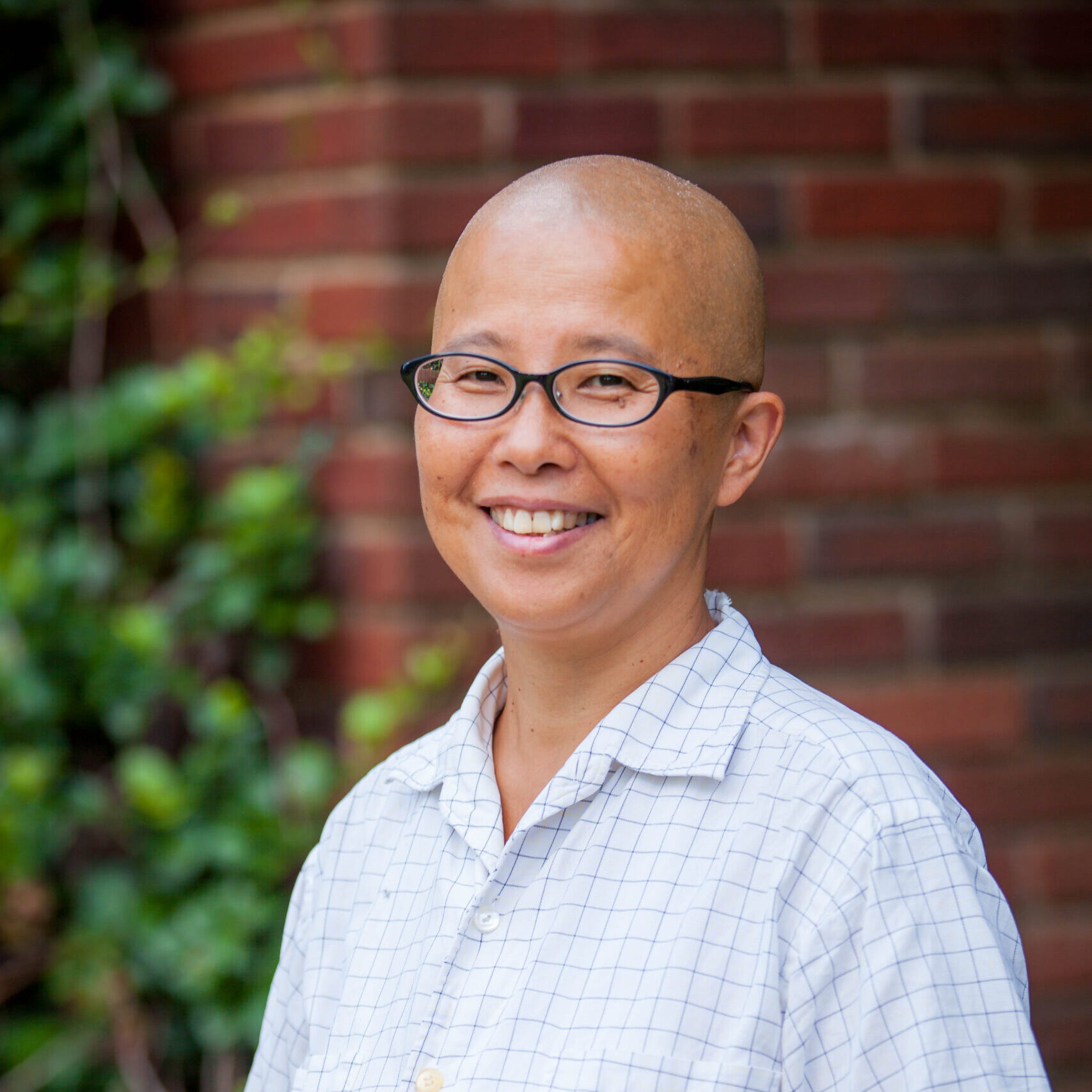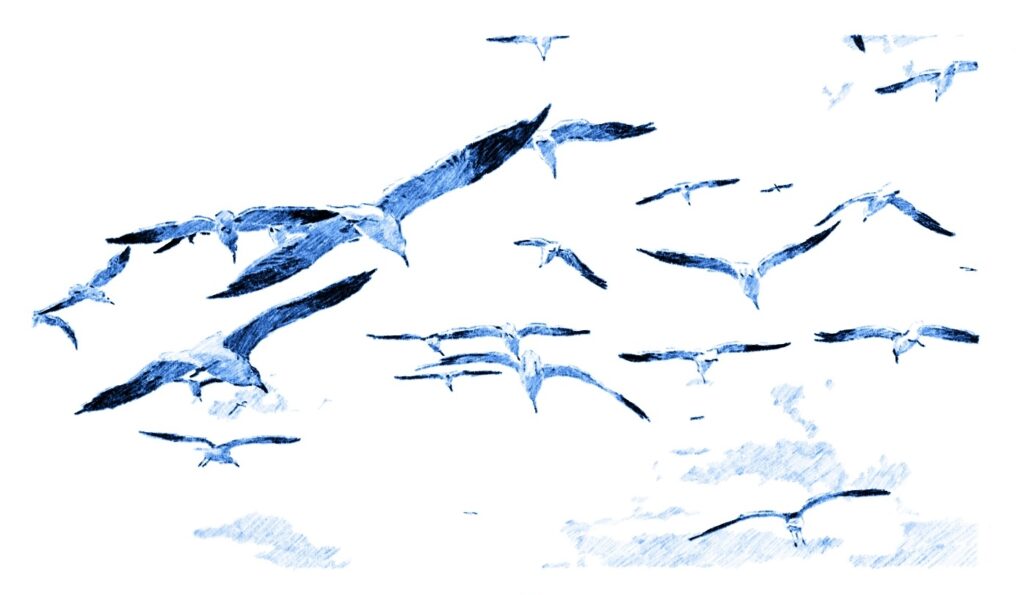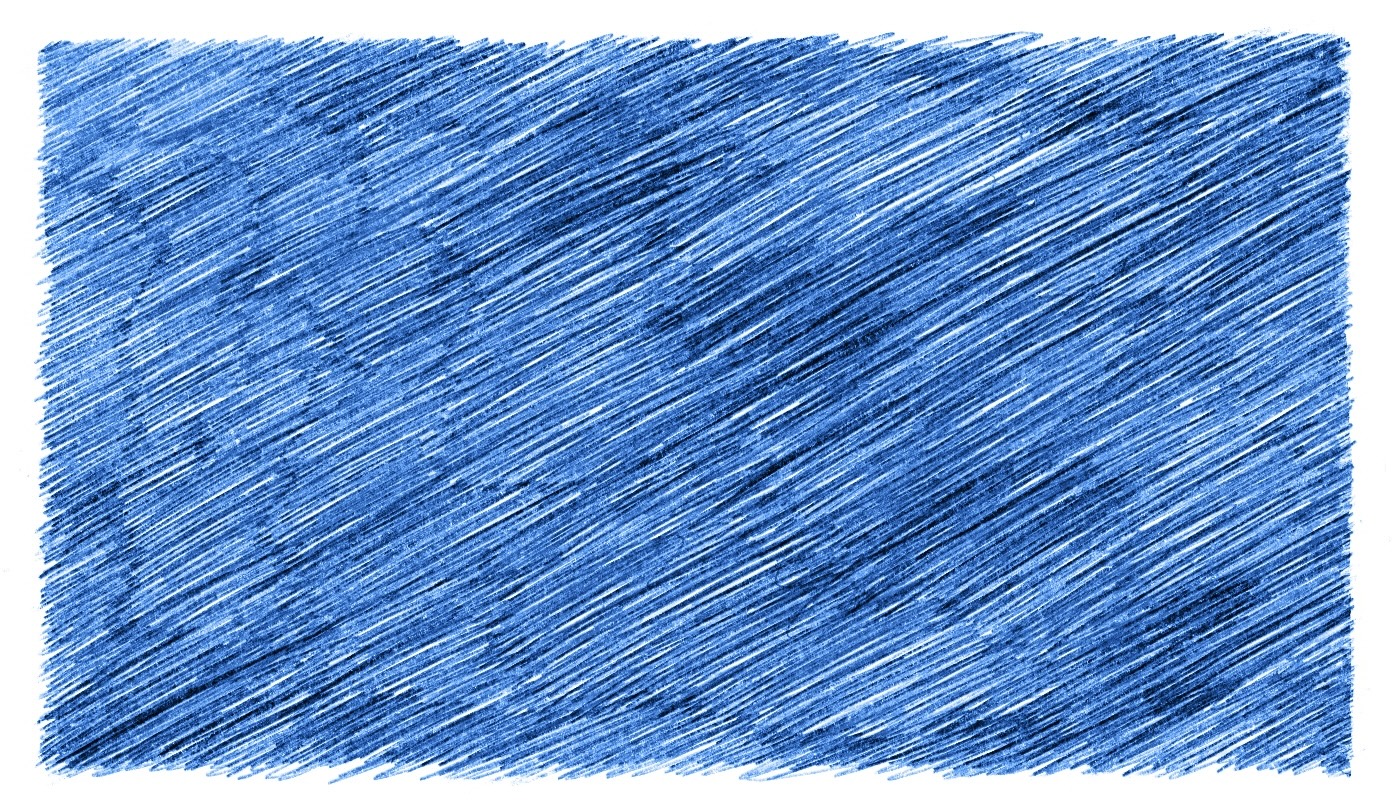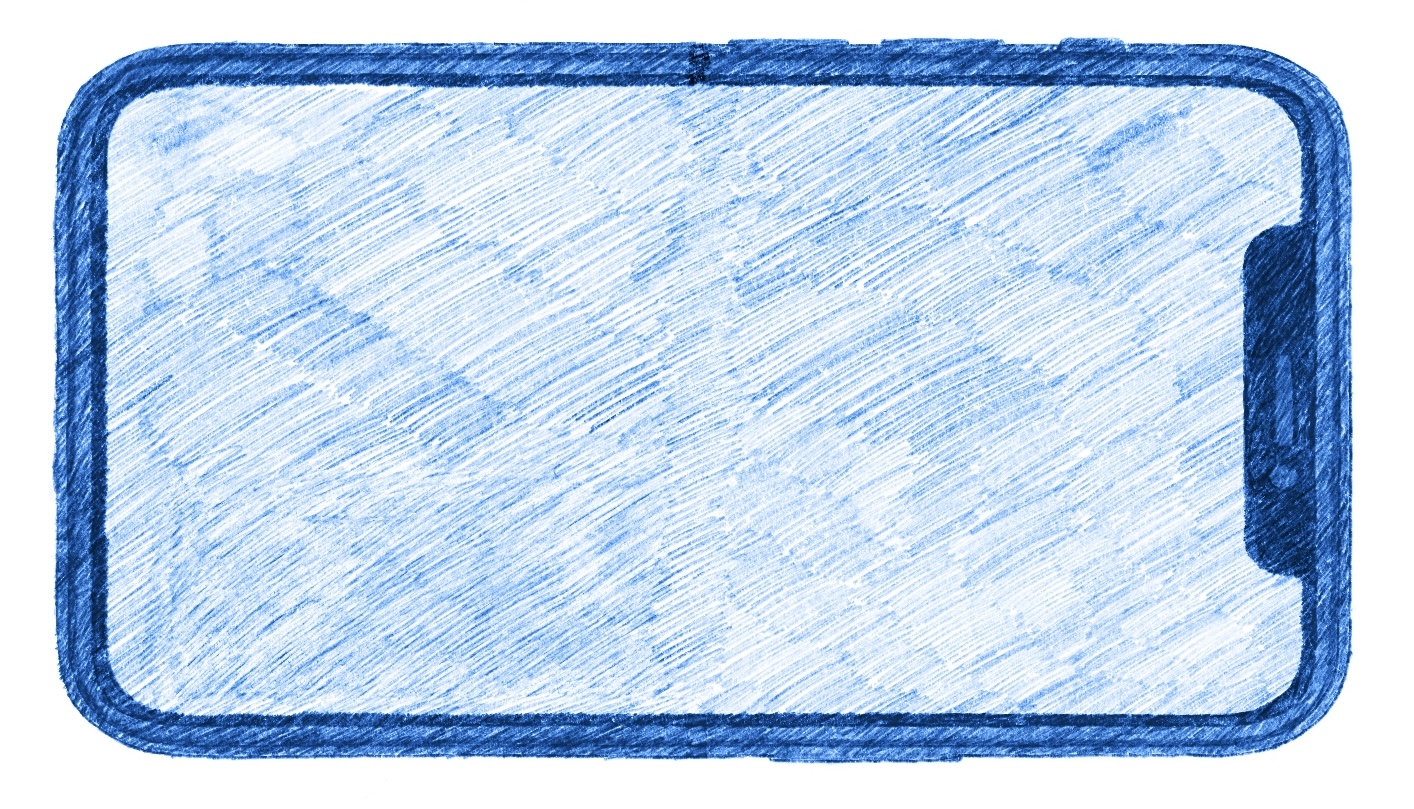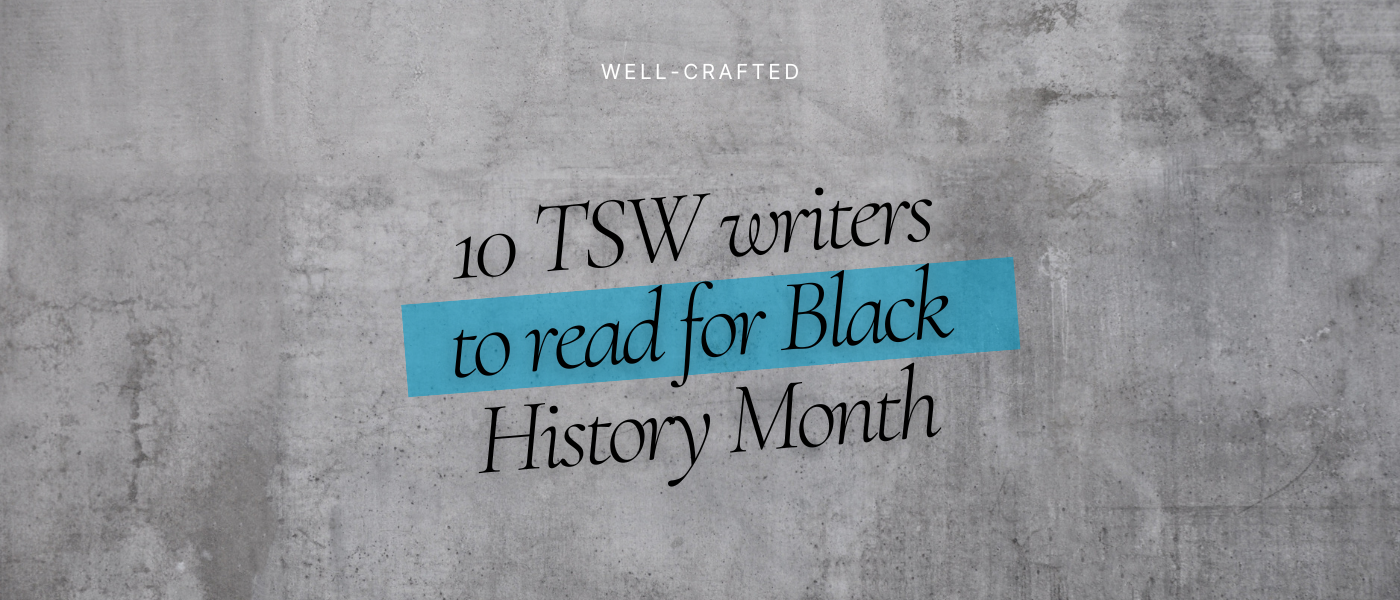Prologue
I was hurting. Badly hurting. But I didn’t know.
For as long as I can remember, numbing was a part of my life. It got me through trials like molestation, betrayal, misogyny, racism, miscarriage, separation, my mother’s death, immigration nightmares, fire, job loss, failure, and defeat — but it never really worked. My anger and shame corroded me from the inside out and hurt many people who loved me.
I tried to run away from myself and chased my American Dream for decades after I abandoned my native country, Japan. When my American Dream suddenly collapsed, I had to find my way home, to myself, and to the people, places, and stories that shaped me.
Prayer of Pain and Healing
My video series, Prayer of Pain and Healing, consists of four music–movement videos: Why?; Burning Rage; Shattered Pieces; and A New Awareness. They are part of my ten-video series inspired by my album, Trauma Healing Journey with Piano Improvisation, and represent my intimate conversations with God and my yearning to love and express myself.
I never meant to create these videos. They emerged as I attempted to express myself through art during times of profound suffering. This project unfolded in three distinct, unplanned steps, beginning on May 22, 2018, with each YouTube video clip uploaded on November 19, 2023. They gave me opportunities to express my stories in different ways at different times of suffering. Once compiled together, the videos document my healing process and beckon viewers to join in.
Bullied by a Minister
It all started in August 2017 when I met my new minister, a white man of stature, who was also my new boss. Ten months later, his bullying and gaslighting had worn out my spirit. My denial and self-blame shut off my emotions, a familiar way of protecting myself from disintegrating completely.
Except it wasn’t working. I had panic attacks while trying to go to work. In my dreams, I often stood at the edge of a cliff, wondering how to jump off. No, I was not trying to kill myself. Rather, leaving the job I had cherished felt like losing my life, and stepping into the unknown future scared me.
When I finally turned in my resignation letter in April, the bully used my new career aspiration to become a chaplain and railroaded me into a celebratory departure. Too exhausted to fight, I went along with the half-truth. His parting gift was, “Never, ever, come back. That is the right thing to do.”
The Congregation, Connections, and Expressive Arts for Healing
I began working at the Unitarian Universalist congregation in 2003. The fifteen and half years at the Unitarian Universalist congregation was far more than a job. It became my primary identity. The congregation was my first-ever spiritual home. I grew both as a musician and a spiritual being. Raised by fundamentalistically anti-religious Marxist parents in Japan, the Unitarian Universalist belief that there are many spiritual truths and paths supported me to explore my own cultural heritage and personal beliefs.
Through the job, I made numerous relationships way beyond the congregational walls. Among those was an improvising musician whom I met around 2010. He invited me, a classical musician who was scared of improvisation, to a small weekly gathering of musicians, and encouraged me to improvise. I was mortified but played some notes on his keyboard. This cracked open my creativity that had been locked up. After the gathering, I sat in my car and wrote my first song. I would later follow his advice and study music improvisation leadership with the Music for People.
I also discovered the 5Rhythms movement healing workshops on the congregation’s bulletin board at around the same time. After hours of impromptu dancing and other activities, all my emotional guards fell off. I collapsed on the floor, screaming to release my pain. These experiences would eventually lead me to study expressive arts therapy. Slowly, creative expressions were becoming my voice and vehicles for my healing work.
Turning Point
2011 was a tumultuous year. The Great East Japan Earthquake with its subsequent tsunami and nuclear accident violently awakened my Japanese identity. I was devastated by the sudden realization that I could never be seen as a real American because of my Asianness. At the same time, my beloved father in Japan became terminally ill.
Until his death in 2012, I spent many days with him and volunteered at disaster sites in Japan. For the first time since coming to the US in 1984 and refusing to go back, I finally began to accept my appearance, physique, history, culture, and formation as Japanese. The congregation, though predominantly white and the major source of my microaggressions, helped me get through this tough time.
While I was in Japan after the earthquake and my father’s diagnosis, many melodies came to me inspired by the poems by Masao Tachiya, an unknown poet from Fukushima near the damaged nuclear plant. When I made YouTube videos of the songs about family memories and the good old days, I used old family photos for the project, and those photos reminded me of good memories hidden underneath my anger, shame, and resentments.
The Music
There was a member of the congregation’s choir who was an avid improvising pianist. In 2012, he and I decided to start a monthly lunchtime inspirational music performance in the beautiful sanctuary with large windows overlooking the wooded yard. We took turns improvising on the piano for 30 minutes. I recorded those sessions and put them on YouTube with nature photos I took in my neighborhood, at the congregation’s memorial garden, and near my father’s home in Japan. We continued this musical meditation for six years, mostly for each other and occasionally, a very small audience.
For the last two sessions, May 22 and June 26, 2018, the other pianist was not available. I played alone for a tiny audience who came to hear me play for the last time. At each session, I played five short pieces, expressing how I felt. The music expressed a journey of my pain, my inner truths of anger and confusion, and ended with my attempt to say goodbye in a happy tone. It was not easy to hold back my tears. Expressing my stories through musical improvisation helped me keep going while experiencing my pain, my anticipatory grief, and my fear of the unknown future.
Anger, Moving On, and Crying Out to God
After I left the congregation in 2018, I forgot about those recordings. So much has happened since then.
First, to finish my graduate certificate in expressive arts therapy at Appalachian State University, I took a week-long class in Boone, NC. My repressed anger exploded during a mask-making exercise. I stomped on a blank mask, ripped it apart, and attached the broken pieces around a hot pink angry mask with black tears flooding down on the cheeks both inside and outside.
Then, other staff members from the congregation began quitting or reaching out to me, saying that they had been bullied by that same boss. We learned that the staff at other congregations had also been harmed by the same minister. We organized a massive complaint campaign. It was retraumatizing but ultimately put a stop to his ministry career. Learning that he had been moved from congregation to congregation was a crisis of faith.
Fortunately, I was accepted into a last-minute Clinical Pastoral Education residency position at a local hospital shortly after my resignation. This allowed me to continue my chaplain training while attending Shaw University Divinity School and working part-time as an accompanist at a women’s college. The COVID-19 pandemic began during the final three months of the residency.
In the fall of 2020, I experienced a sudden hearing loss. This impaired my ability to hear musical pitch and decipher speech, shattering my identities as a chaplain and a musician. The recovery process, especially learning to live with the disability, has been daunting, but I found an intimate relationship with God through prayers in desperation. When I cried out to God asking if I had been punished for being bad since I was a little girl, I was given an image of a golden Buddha in my mother’s womb that turned into a golden baby in a split second. This reminded me of Psalm 139:13-14.
For you created my inmost being;
you knit me together in my mother’s womb.
I praise you because I am fearfully and wonderfully made;
your works are wonderful,
I know that full well (NRSVUE).
What a relief to know that God created me good.
Writing, Naming, and the Titles
In early 2023, I was struggling again. After two residencies, a Master of Divinity degree, and many hours of contract hospital chaplain work, I became a board-certified chaplain. I applied and interviewed for many jobs but had not had any offers. I also sensed that, for some jobs, I would have to perform to fit in. A small virtual ministry group I began was dwindling with one or two participants. I was desperate. I wanted to find or create a place where I could be authentic and serve, but that seemed impossible.
Then, I happened to come across those recordings I made in 2018. As I listened to them, I remembered my intense feelings. I listened to them many times, writing different words in my notebook. I gave each recording a title and lined them up into an album, A Trauma Healing Journey with Piano Improvisation. The titles of the pieces are: Deep Sorrow; Why?; Numbness; If…; Burning Rage; Shattered Pieces; Remembering; A New Awareness; Learning to Live Again; and Moving On.
Naming the feelings and stories triggered by the music was a powerful way to heal from my lingering grief and to cope with the uncertainties of that time. In my mind’s eye, I could see myself leading a participatory workshop of improvised movement accompanied by the album, with music-inspired words projected onto a screen. I made a 15-minute condensed version of the album and performed the improvised movement live at an outdoor community event. Friends in the audience told me that they could feel my story.
Coping with Arts in Prison
I began my work as a clinical chaplain in a prison in late August 2023. I wanted to work in a prison because my past volunteer prison ministry was a life-changing experience. But working in such an environment for 40 hours a week took a heavy toll on my body, spirit, and mind. The thick concrete walls and very few narrow windows, if any. The creaking and clashing sounds of heavy doors operated by someone who watched our movements through numerous cameras around the prison. The drab colors of waxed concrete and chipping paints. Something in the air that made my eyes hurt constantly. The sea of tan, grey, black, and white colors of the uniforms moving around everywhere. Yelling and echoing impeding my communication. Not knowing how to begin to care for the two hundred men who were constantly moving in and out of their cells, within their blocks, and between their unit and work sites or appointments. Worrying about breaking rules I didn’t know about.
I coped with the stress by improvising movements of planting imaginary flowers on the wall or naming a particularly creepy door Ama no Iwato, or the boulder door in heaven, from an ancient Japanese myth. I carried my ukulele around and found some opportunities to play and sing for and with the men.
In a tiny unit of eight or so men, I started a weekly spirituality group, but I could feel a tension in the room. They stared at the TV and didn’t talk in response to my invitation to share. I wondered if they didn’t want me there. It took me a while to realize that they didn’t trust each other. They never got to choose their neighbors, and I suspect that some of them hated themselves, too. It would take even more weeks before they begin opening up to me.
The Movements
On November 11, 2023, I was attending a retreat in an Atlanta suburb with a small group of Asian American women Christian leaders. I skipped a session and decided to improvise movement while listening to my album. I found a quiet, unlit room with a large window. Moving my body to express my emotions and stories felt vulnerable and healing.
For the last piece, I decided to run outside. The November air was chilly and damp, and it felt incredibly liberating to run around the parking lot, hugging trees, throwing some fallen branches, and disappearing into the meadow behind the trees.
Epilogue
As of January 2025, I have established my routine, made numerous connections with both incarcerated men and the staff, preached a few sermons, and prayed many more times. In this environment, I am constantly learning about myself and becoming more and more authentic. After all, there is always something new and unexpected in life, and I look forward to the next challenges out of which something new and beautiful will be born.
My videos can be viewed as the story of my entire life, a story of one of many times of suffering, or the stories of three specific times that led to the creation of the videos. Perhaps it can be seen as a collective human story of suffering and healing.
As a Christian minister and a chaplain, I do pray when asked or in formal settings like worship. Personally, I view my life as a series of prayers or one gigantic continuous prayer. Each breath I take is a prayer, taking in God’s pure breath and letting go of my story. There are so many stories to discover and let go, and this is my lifelong project.
